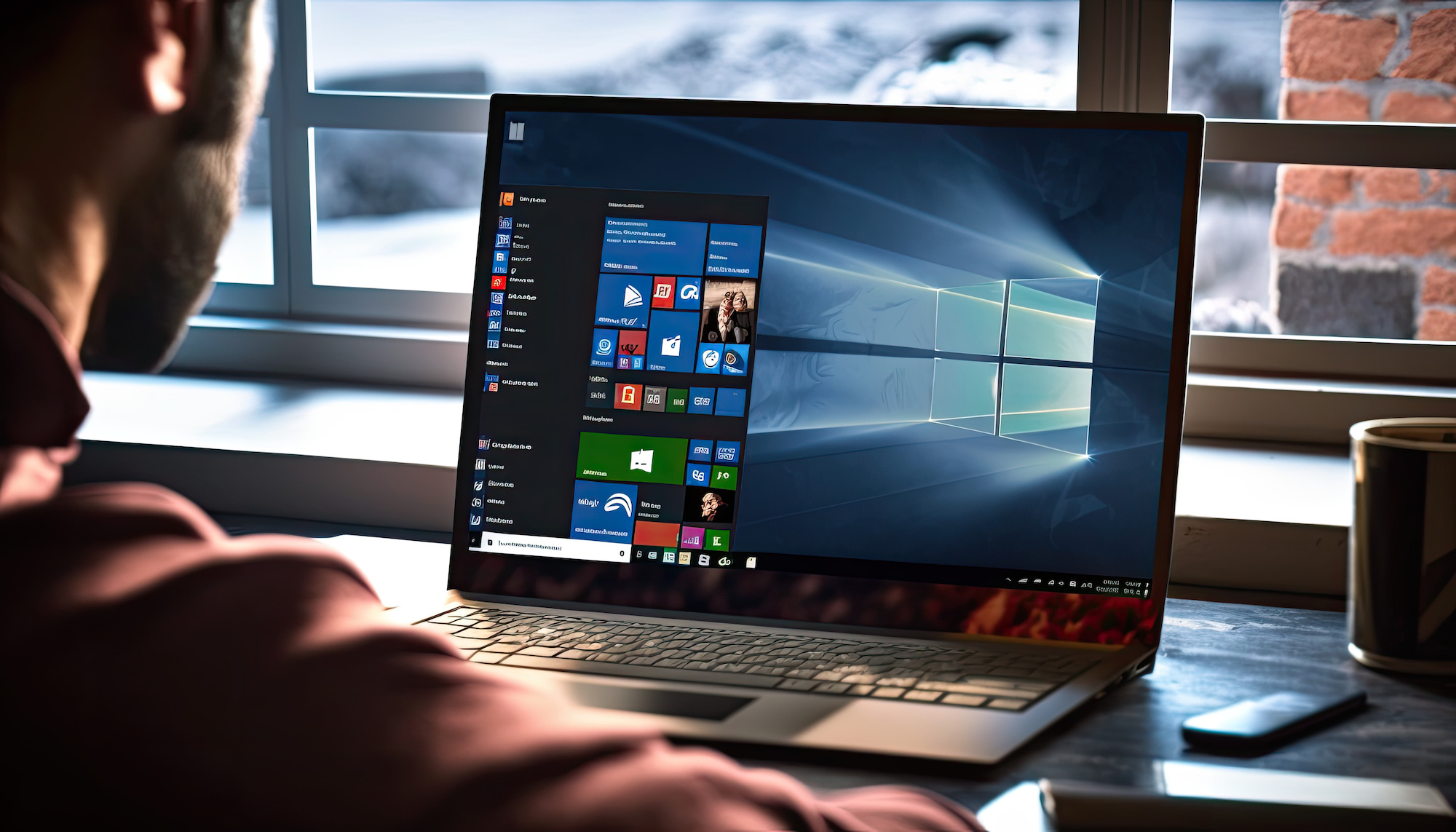How to Change Your Desktop Background in Windows 10
By Robin
Published June 12, 2023
 How to Change Your Desktop Background in Windows 10
How to Change Your Desktop Background in Windows 10
In the realm of personal computing, customization is a cornerstone of the user experience. The ability to adjust and adapt the digital environment to our tastes enables us to bring an element of personality and individuality into our workflow. One of the most fundamental forms of customization is changing the desktop background. In this comprehensive guide, we will detail the process of changing the desktop background in Windows 10.
Exploring Windows 10 Personalization Features
Windows 10, Microsoft's latest iteration of its long-standing operating system, has always emphasized user customization. It allows you to tweak everything from the system color scheme, window transparency levels, lock screen image, and, of course, the desktop background.
Changing Your Desktop Background in Windows 10
Changing your desktop background is a simple, straightforward task that can have a massive impact on your system's aesthetic appeal. Let's explore different methods you can use to change your desktop background in Windows 10.
Method 1: Right-Click on Desktop
This is the most straightforward way to change your desktop background.
- Right-click anywhere on your desktop.
- From the dropdown menu, select Personalize.
- In the new window, click on Background.
- Under Background, you'll find a dropdown menu where you can select Picture, Solid color, or Slideshow. Choose as per your preference.
- Below that, you can choose your image or color, or set up a folder for the slideshow.
Method 2: Using the Settings App
This method is a slightly more detailed approach via the settings app.
- Click on the Start button.
- Select the Settings gear icon.
- From the settings window, click on Personalization.
- Select Background from the left menu.
- Choose your preferred type of background (Picture, Solid color, or Slideshow), and then select or set up your image, color, or folder accordingly.
Method 3: Using a Web Browser
Web browsers like Microsoft Edge or Google Chrome can set an image from the internet as a desktop background directly.
- Open your web browser.
- Find the image you want to use and open it.
- Right-click on the image and select Set as desktop background.
Method 4: Using File Explorer
If you have a particular image on your computer that you want to use, this method is for you.
- Open File Explorer.
- Navigate to the folder where the image is stored.
- Right-click on the image and select Set as desktop background.
Managing Background Settings
Windows 10 also allows you to manage various aspects of your desktop background via the Choose your picture section in the Background settings. Here, you can choose to fill, fit, stretch, tile, or center the image on your desktop.
Conclusion
Personalizing your desktop background in Windows 10 is a simple yet powerful way to change the look and feel of your digital workspace. It enables you to make the space truly your own, adding a dash of personal aesthetics to your computing experience.
FAQs
Can I set multiple images as my desktop background in Windows 10?
Yes, by selecting the Slideshow option in Background settings, you can use multiple images as your desktop background.
Can I use animated wallpapers in Windows 10?
While Windows 10 doesn't natively support animated wallpapers, third-party software like Wallpaper Engine or RainWallpaper can allow for this.
How do I make my desktop background change automatically?
In the Background settings, select Slideshow and then choose the folder with the images you want to use. You can then set the frequency of the image change.
Are there any restrictions on the type of images I can use as my desktop background?
Any image stored as a common file type (like .jpeg, .png, .bmp) can be used as a desktop background.
How do I make sure my desktop icons are visible against my background?
You can ensure this by choosing contrasting colors, altering the icon color, or using the text-shadow feature.